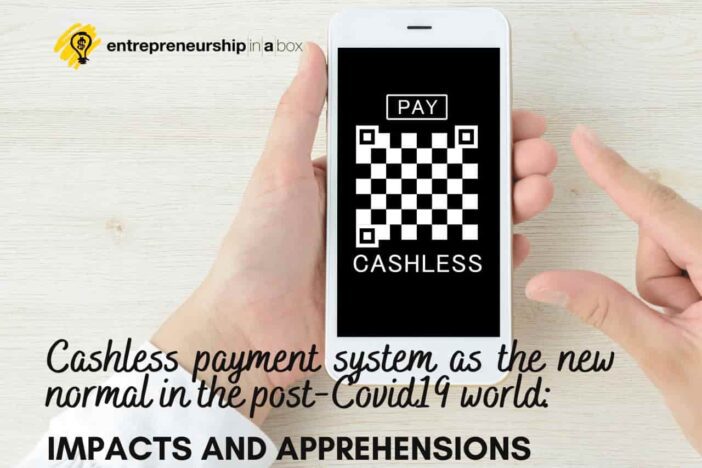There is no denying the fact that Covid-19 has been like a massive economic shakedown, readily exposing the business flaws, bottlenecks, and areas of concern. With the global entrepreneurial landscape taking a massive hit due to lockdowns, social distancing norms, and the underlining skepticism of most individuals, the concept of liquidity, seamlessness, and relevance need to be re-evaluated, to make sense in the post-covid19 era.
Not just that, the pandemic has also impacted the customer preferences and attitudes towards the products. People are looking for opportunities to spend less and businesses with a cash-only policy might just give them one more to stay away from products and services. Moreover, arranging for cash or stashing the same indoors isn’t advisable anymore with the virus being capable of making its way into the systems, via a host of avenues.
Keeping all these factors in mind, it wouldn’t be wrong to state that going cashless with the transaction is expected to serve the customers and businesses well. Moreover, with McKinsey estimating a major drop of almost 10 percent in global business revenues due to the pandemic, cashless systems might just be a more appropriate way to handle the nosedive with minimal collateral damage.
Impacts of Cashless Adoption
The concept of a cashless payment system isn’t restricted to businesses using card readers for accepting money directly into the accounts. Instead, it is a far bigger premise with the focus on encouraging touch-free transactions while keeping up with the no-contact, post-pandemic policies.
For card users, global authorities have started encouraging PIN-Free payments where the contactless card reader only scans the chip and doesn’t require the customer to touch the machine for feeding in the PIN. Moreover, cashless payments help strike the perfect balance between convenience, hygiene, and security.
For instance, individuals prioritizing essentials will try and refrain from making appeasing purchases, at the mere sight of inconvenience. Therefore, the onus will be on businesses to make payments simpler and more accessible where potential buyers can avail products and services without having to worry about cash or any other payment method that requires contact. No-touch means no chances of coming in contact with infected surfaces and this is why Cashless payment systems are being hailed as the game-changers in 2020 and even beyond.
Are there any Apprehensions?
A heartening fact is that over the past year almost 51 percent of the concluded transactions were card-based. Therefore, with cash transactions going down at an alarming rate, it is only appropriate that cashless systems start finding their way into a majority of global households and business setups.
Then again, technological bottlenecks are still keeping large-scale adoptions at bay. Nevertheless, it isn’t about using a card anymore as participating businesses, across the globe, are more reliant on using biometric payment schemes, proprietary apps, and other contactless payment schemes to cater seamlessly to the customers. Despite the transitional apprehensions, a cashless, no-contact payment system is the new normal in the post-covid19 world courtesy of the inclination towards safety, security, hygiene, and sustainability.





